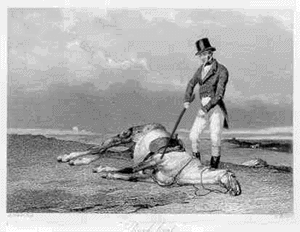Shawn Hargreaves
Well-Known Member
remilard, you are missing an important point...
Who cares what difference is made by yeast in suspension (after racking to secondary) or in a cake (leaving it in primary)? As you say, nobody has a statistically significant volume of evidence either way. Generally, when there is no solid evidence, that means the difference (if any) is so small is to be insignificant.
If the difference is so small as to be insignificant, then who cares which way you go? It makes no difference to the quality of your beer. So why not do the easy thing and just leave it in the primary? Why waste time fiddling with your beer for no purpose?
These threads tend to conflate two independent things into one. It's important to keep them clear:
- Long time in primary versus shorter time in primary followed by secondary (making the same total time) - there is no statistically significant evidence either way as to which of these is better.
- Not long enough time (regardless of whether you spend this in primary or secondary) - lots of very convincing evidence that this is a bad thing.
Who cares what difference is made by yeast in suspension (after racking to secondary) or in a cake (leaving it in primary)? As you say, nobody has a statistically significant volume of evidence either way. Generally, when there is no solid evidence, that means the difference (if any) is so small is to be insignificant.
If the difference is so small as to be insignificant, then who cares which way you go? It makes no difference to the quality of your beer. So why not do the easy thing and just leave it in the primary? Why waste time fiddling with your beer for no purpose?
These threads tend to conflate two independent things into one. It's important to keep them clear:
- Long time in primary versus shorter time in primary followed by secondary (making the same total time) - there is no statistically significant evidence either way as to which of these is better.
- Not long enough time (regardless of whether you spend this in primary or secondary) - lots of very convincing evidence that this is a bad thing.















![Craft A Brew - Safale S-04 Dry Yeast - Fermentis - English Ale Dry Yeast - For English and American Ales and Hard Apple Ciders - Ingredients for Home Brewing - Beer Making Supplies - [1 Pack]](https://m.media-amazon.com/images/I/41fVGNh6JfL._SL500_.jpg)









































 GO COUGS!!!!
GO COUGS!!!!
